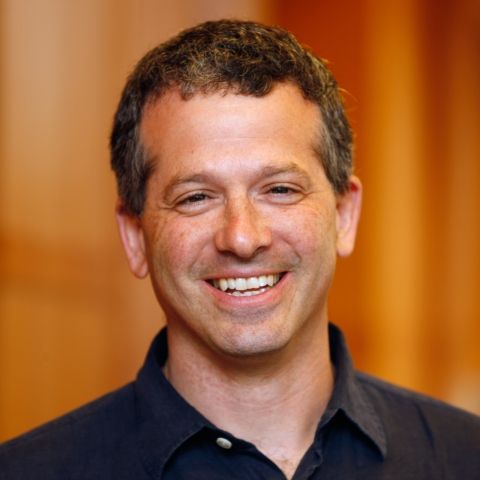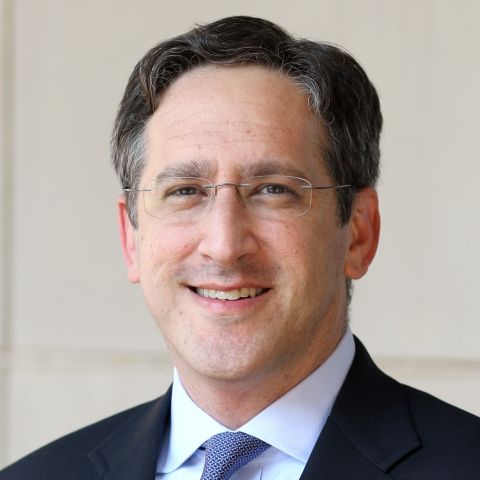

In the last few years, the Supreme Court has upended its doctrine of religious freedom under the First Amendment. The Court has explicitly rejected separationism, which limited government support of religion, and it has adopted interpretations of disestablishment and free exercise that provide special solicitude for religion. Now, the government must treat religion equally with respect to providing public benefits. But it must also grant special exemptions from regulations that burden religion. This pattern of equal treatment for benefits and special exemptions from burdens yields a doctrinal structure that gives preference to religion. We refer to this regime as structural preferentialism.
What explains this shift? This Article offers an external, political account of changes in Free Exercise and Establishment Clause jurisprudence by analyzing them as if they were the result of political conflicts between competing interest groups. Focusing on the role of religion in political polarization, rapid disaffiliation from denominations, and shifting strategies to fund religious schools, this political perspective has explanatory and predictive power that extends beyond conventional legal arguments about text, history, and precedent. Applying this approach, we predict that structural preferentialism will transform First Amendment doctrine and provide material grounds for its own entrenchment. But the political history of the Religion Clauses also shows that legal paradigms can become unstable and threatened by long-term changes in political demographics, suggesting both outer limits and possible sources of resistance to the Court’s emerging model of religious freedom.